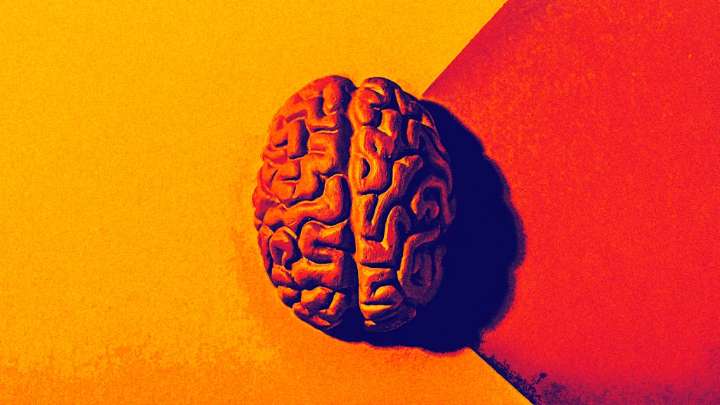The brain is wired for shortcuts and speed, not always for accuracy. It’s not a flaw. It’s just nature’s way of helping us survive. However, the errors in our thinking, also known as cognitive biases, can interfere with how we perceive others or make decisions. “We can be blind to the obvious, and we are also blind to our blindness,” says psychologist Daniel Kahneman, the author of Thinking, Fast and Slow. The good news is you can outsmart your biases. Not with willpower, but with simple, repeatable habits. If you know what to look for, you can notice the patterns. And change them. Awareness can help you think more clearly, make better decisions, and see things as they truly are.
1. Start by naming your biases
You can’t fix what you don’t see. So start by learning the names of common bia

 Fast Company Lifestyle
Fast Company Lifestyle

 Vogue Living
Vogue Living WMUR TV
WMUR TV Washington Examiner
Washington Examiner  PBS NewsHour Video
PBS NewsHour Video The Babylon Bee
The Babylon Bee The Hollywood Reporter
The Hollywood Reporter